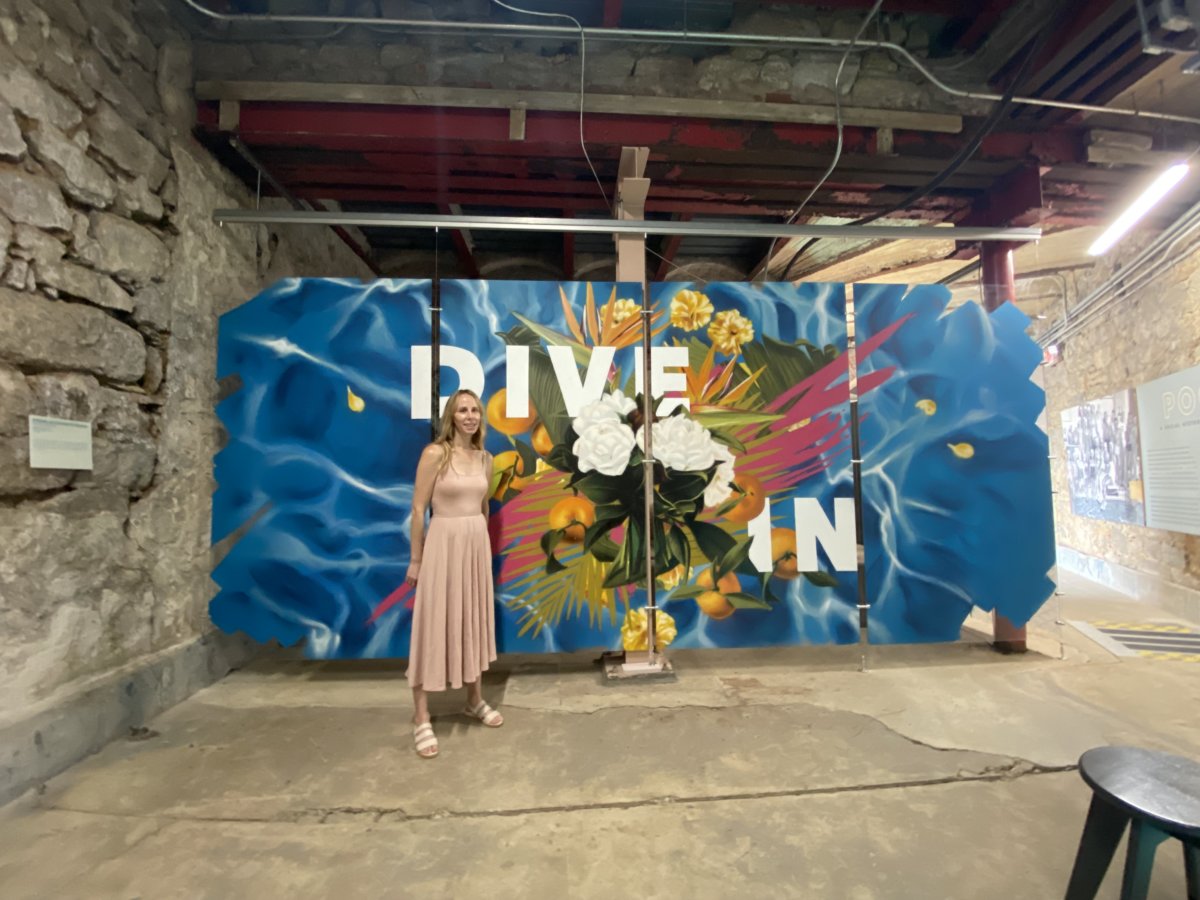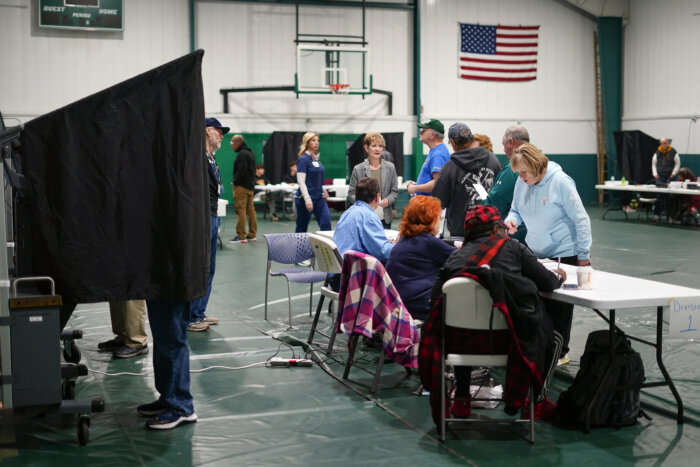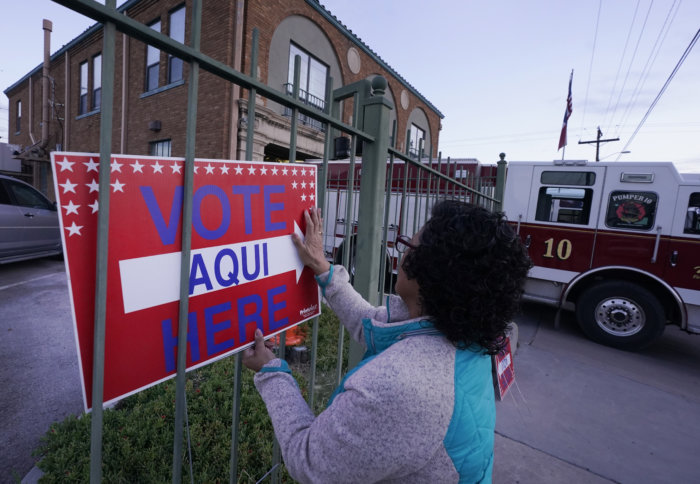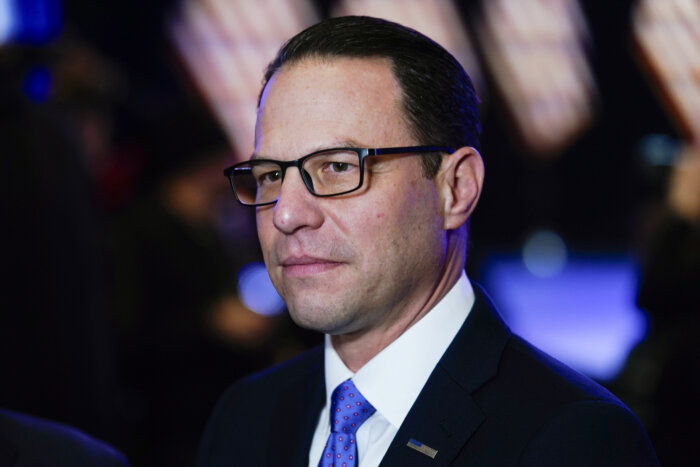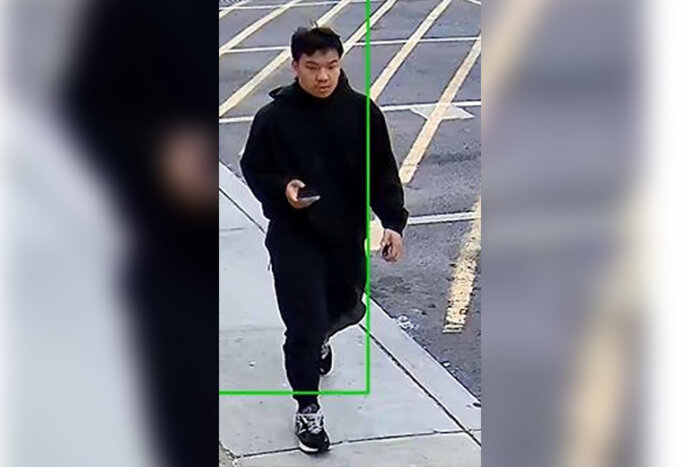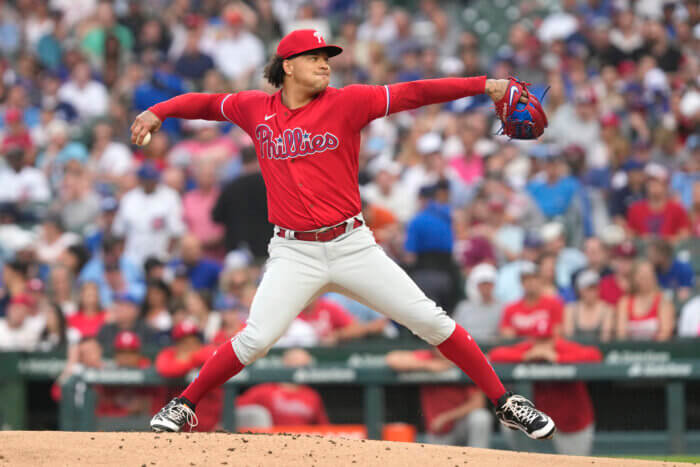The story of public pools in America cannot be told without highlighting the role of segregation.
The opening of a new immersive educational art exhibit at the Fairmount Water Works intends to do just that.
‘POOL: A Social History of Segregation’ sits tucked behind the Philadelphia Museum of Art in the Historic Kelly Pool. However, the beautiful riverside location along the Schuylkill turned out to be a negative as the river recently rose to historic levels after remnants from Hurricane Ida caused extensive flooding throughout Philadelphia.
Luckily, the exhibition elements were not heavily damaged, however the recent storm did force ‘POOL’ to postpone its opening. Now slated to open to the public this Fall, ‘POOL’ was curated by artist Victoria Prizzia with playwright James Ijames and features the work of numerous diverse artists, as well as contributions from various historians.
Prizzia noted that the work of Dr. Jeff Wiltse, a historian and the author of “Contested Waters, A Social History of Swimming Pool in America” had been an inspiration for the ‘POOL’ project. In an article published in the 2014 Journal of Sport and Social Issues, Wiltse noted, “the swimming disparities that existed prior to 1920 split primarily along with gender and generational lines, not racial lines.”
Pools first emerged in urban areas in the late 1800’s as public baths. Prizzia explains that the presence of pools in “Philadelphia was prolific, having nine public baths by 1883. From the 1880s into the 1920s these public baths and early public pools, some of them in natural bodies of water were segregated by gender.”
However, as Black and white Americans became more socioeconomically intertwined and indoor plumbing made public baths obsolete, pools became segregated along racial lines rather than by gender. Following World War II Black Americans fought against segregation and through the Civil Right Movement gained access to many public spaces, including public pools.
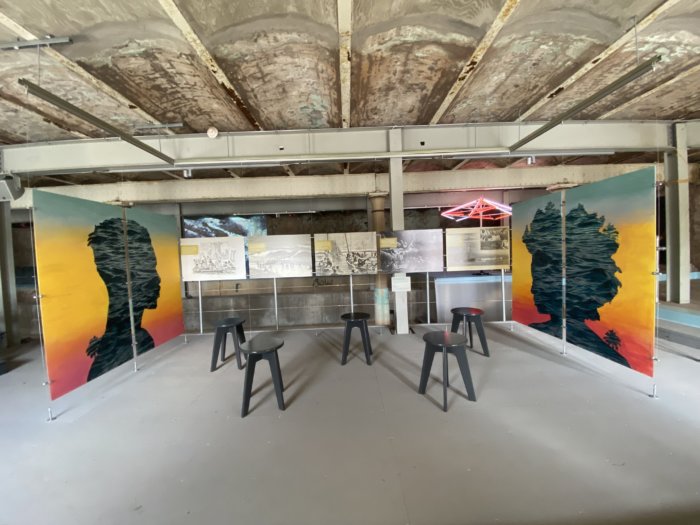
“I think when people think about the civil rights movement, they think about buses and schools, and they don’t think about pools. Yet pools were significant in the civil rights movement,” said Prizzia.
The ‘POOLS’ exhibit seeks to inform Philadelphians and visitors about the history and legacy of segregation in America through the lens of public pools.
The Kelly Pool—where the ‘POOL’ exhibit now resides—operated as a pumping station from 1815 to 1909, an aquarium from 1911 to 1962, as the Kelly Pool until 1972, and now in 2021, it reopens as an immersive explanation of America’s inequality.
This exhibit touches on everything from the work of Mr. Rogers to Martin Luther King. Attendees will learn about groups like the Honey’s and the Bears, which Prizzia described as a “wonderful intergenerational synchronized swimming group in Harlem, many of them didn’t learn to swim until their fifties and sixties.”
From the moment you step into the Fairmount Water Works you are inundated with stories of both bigotry and triumph. Events such as the civil rights demonstrations in St. Augustine, Florida in 1963 and 1964 are prominently displayed. Kathleen Dean’s piece titled ‘Wade in the Water’ is one of three rotating videos displayed using a large scale architectural projector.

As you walk through the corridors of the exhibit, there are gym lockers stuffed with swim safety facts and quizzes. The walls are lined with historic facts on desegregation, and the back wall of the main exhibit features a timeline of pool and water centric events relevant to race in America.
The effects of segregated swimming lingers today as USA Swimming reports that 69% of Black children have little to no swimming ability, compared with 42% of white children. Similarly, the CDC reports that Black children are six times more likely to drown in a pool than white children.
Decorating this plethora of information are the sights and sounds of water created by world renowned artists. Digital water fills the graffiti spotted bottom of Kelly Pool, which is being watched over by ‘Two Lifeguards,’ a mixed-media installation from New York-based artist Azikiwe Mohammed. Visual artists created videos, and historic images of pools through time hang along the wall. A podcast audio to ‘Crossing The Lane Lines’ by Naji Ali plays outside the exhibit.
There are a number of interactive and informative installations available at the 4,700 square-foot exhibit, which will be easily accessible and free to attend for the public in the fall. For updates, go to poolphl.com.



